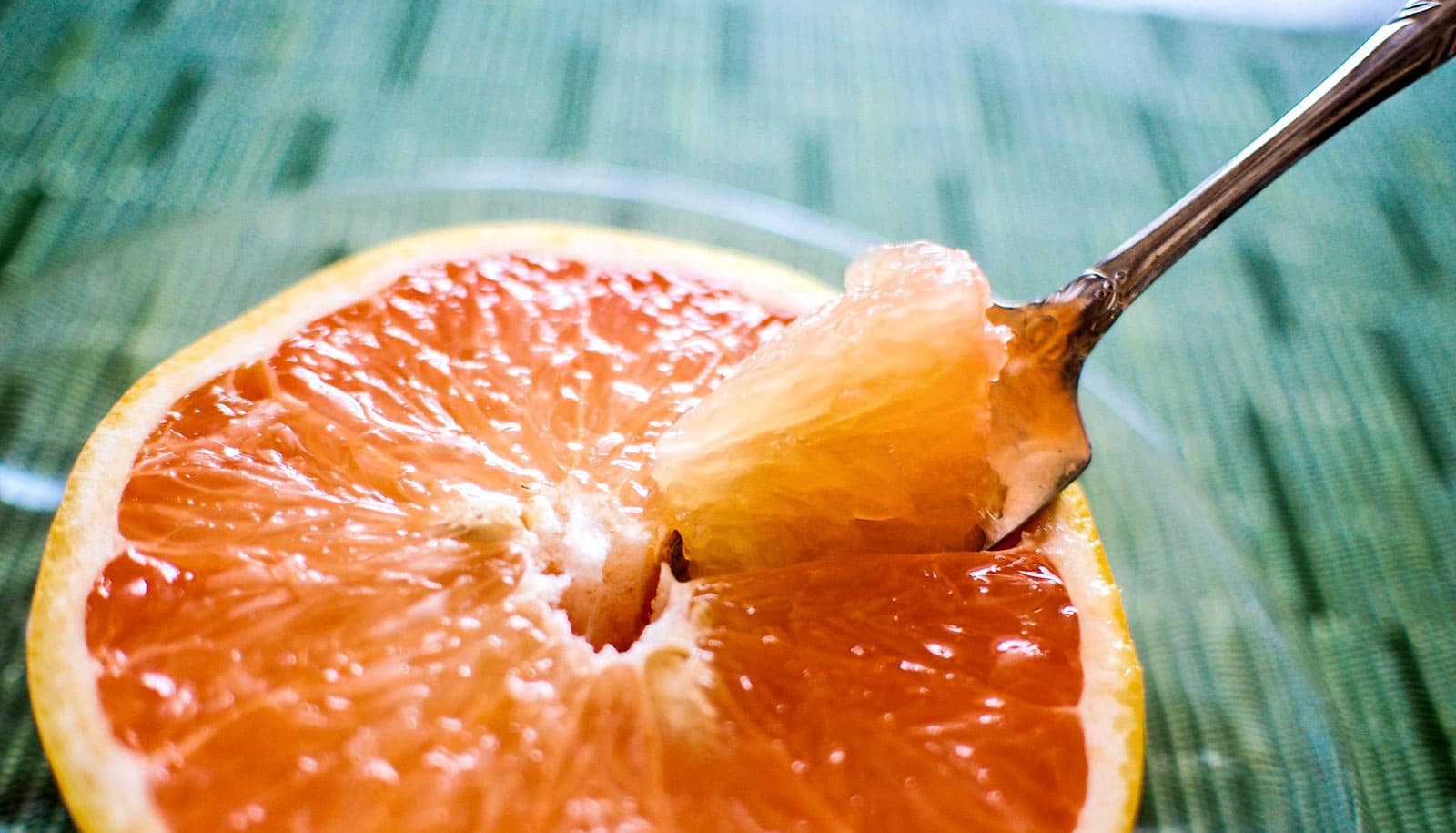New research aims to clarify how our brains get us ready to experience a taste.
Scientists know that expectation affects sensory stimuli—especially powerful ones like taste. Expectation is a trigger for stimuli detection, distinction, and reaction. Yet, scientists know little about how expectation shapes the cortical processes of sensory information.
Now, researchers have developed a theoretical model of how the primary gustatory cortex can mediate the expectation of receiving a taste.
In a paper in Nature Neuroscience, the researchers detail their model that theoretically explains the neural basis of expectation.
Neurons in action
The data show experimental evidence that a state of expectation is mediated by an acceleration of the neural activity generated by certain populations of neurons. The authors built a biologically plausible model of this phenomenon based on the modulation of the brain’s own spontaneous activity.
“Neurons in the cortex appear to be continuously active and erratic, giving us a messy sensation of what neurons are doing,” says Giancarlo La Camera of the neurobiology and behavior department at Stony Brook University’s Renaissance School of Medicine.
“Our model sheds a potential light on the meaning of such continuous activity and proposes a mechanism through which it could be mediating expectation.”
The model also explains how the faster onset of coding states is due to a generic acceleration of the sequences of neural states. The acceleration is caused by the presence of the anticipatory cue (a pure tone) used in the experiments to signal the forthcoming delivery of a taste. The faster speed of the sequence brings forward in time the representation of the taste.
“Presumably, a state of expectation, or ‘readiness’ is mediated by faster or more accurate internal representation of what is happening. Our model says that our internal representations of expected events are formed earlier compared to when the same events are unexpected,” says LaCamera.
Peaks and valleys
To understand the brain’s activity during expectation, the researchers used a metaphor from physics: motion within a complex landscape of valleys and peaks. Some specific locations in this “landscape” correspond to the internal representations of the taste stimuli. To reach the relevant “locations,” sometimes a “peak” must be climbed. According to the model, the effect of the anticipatory cue is to reduce the height of the “peaks,” so that motion is faster and the relevant representations occur earlier.
Although the empirical demonstration of the principle took place in the gustatory cortex, the model may go beyond taste processing as it posits, as a general theory, that a change in the dynamics of certain cortical circuits can mediate expectations.
“For this reason,” add the study authors, “we do not exclude that other processes such as attention and decision-making may be explained by an analogous mechanism.”
The research had partial funding from the National Institute of Health’s National Institute on Deafness and Other Communications Disorders (NIDCD) and the National Science Foundation.
Source: Stony Brook University



